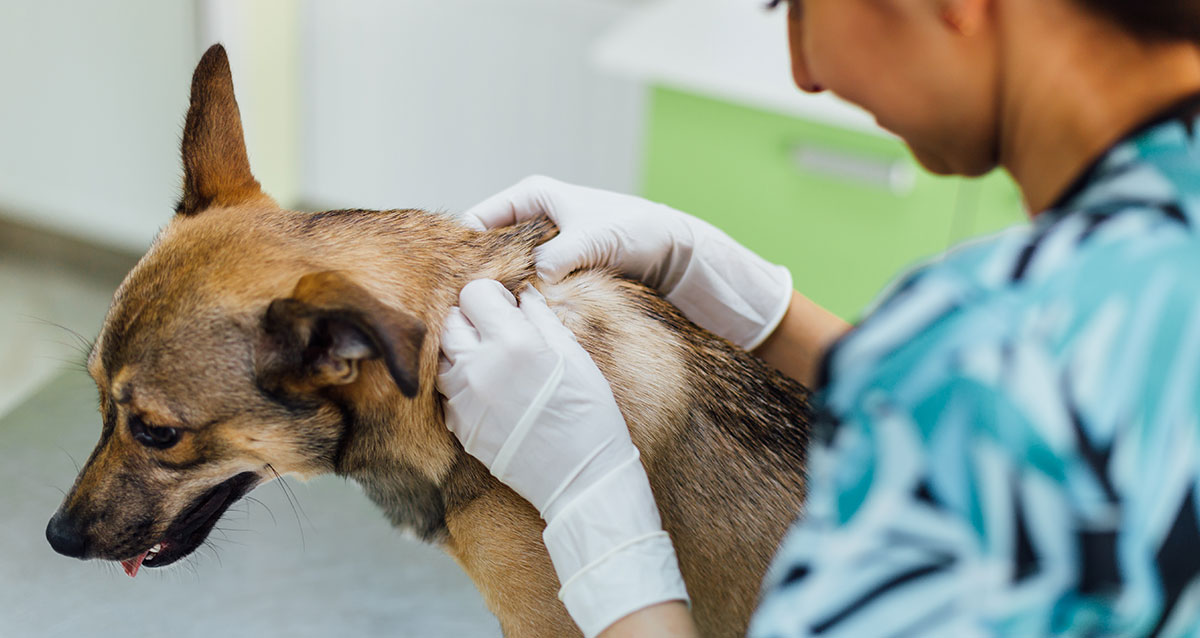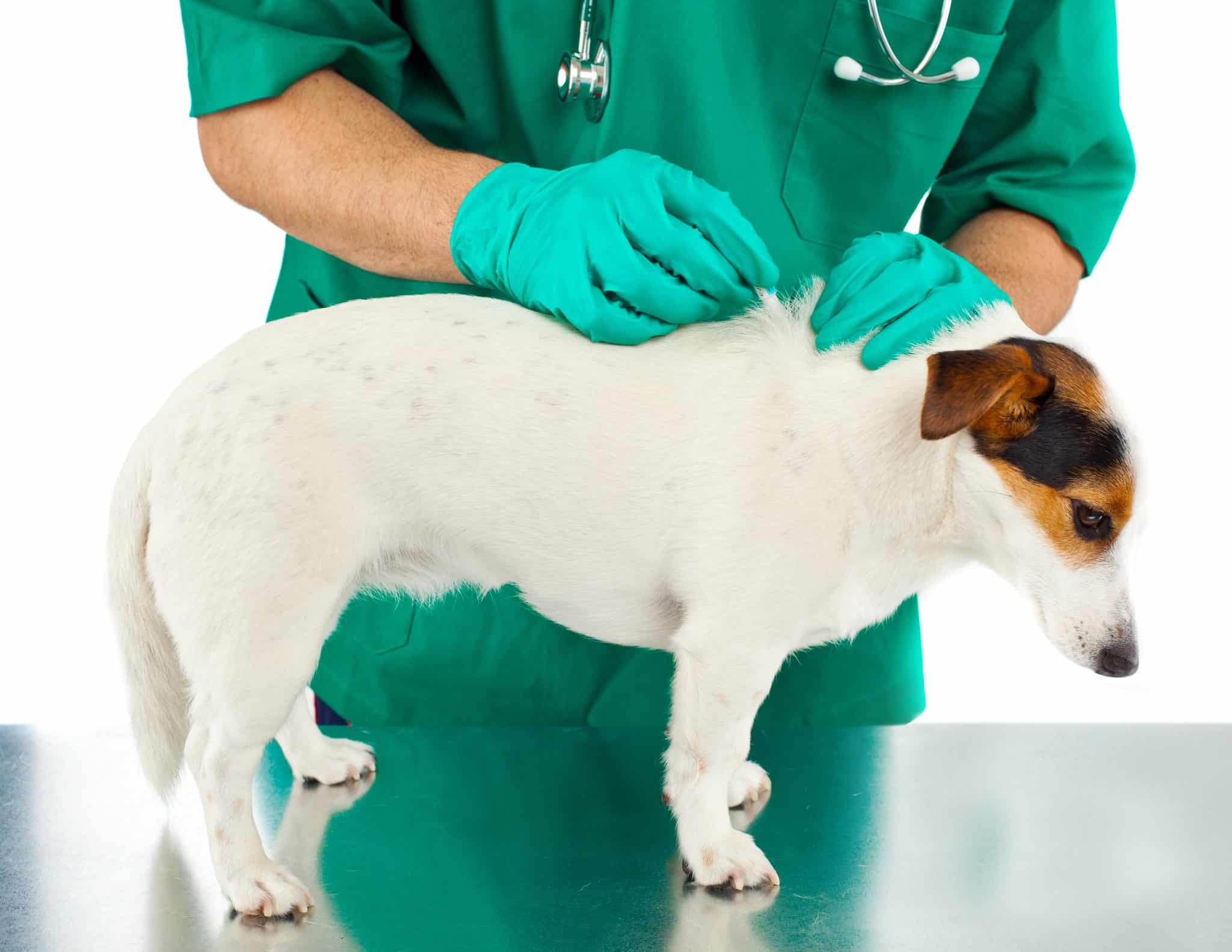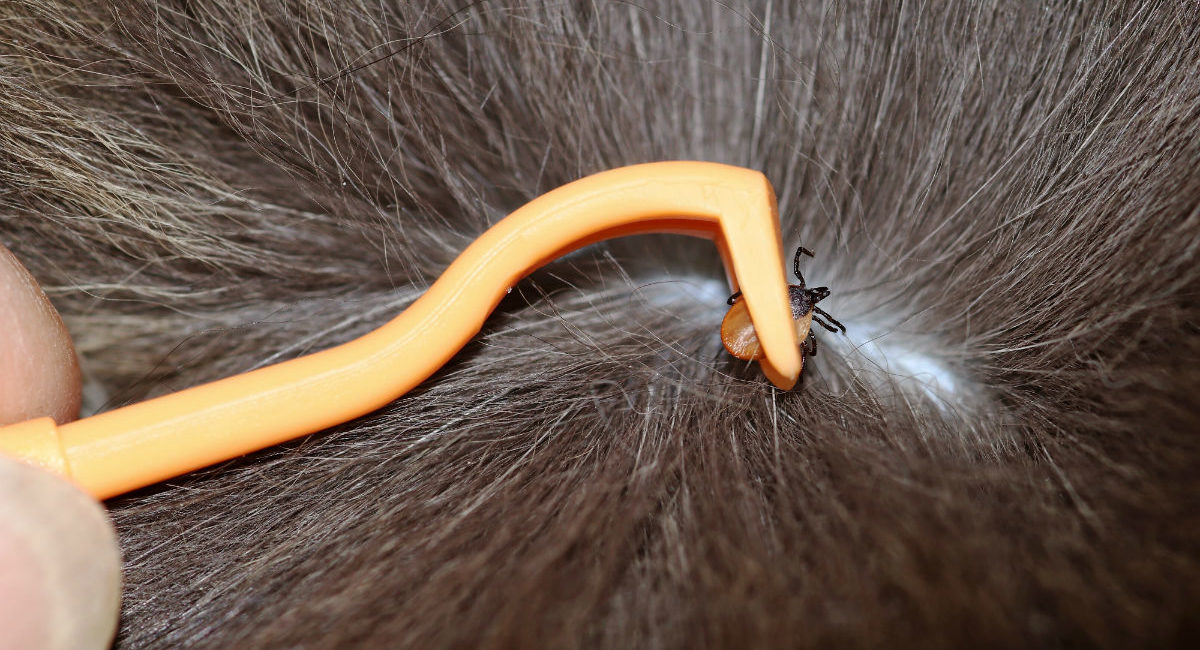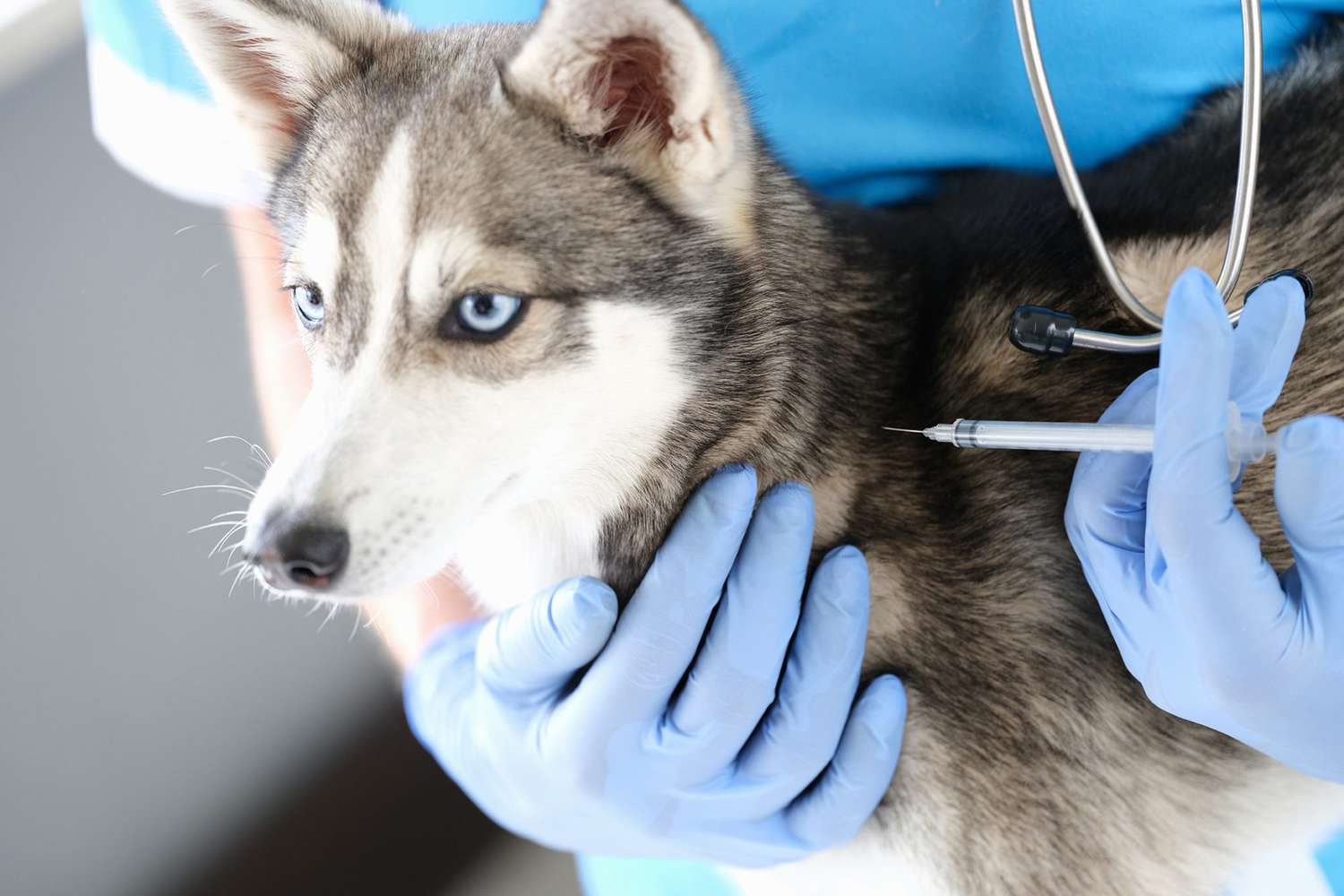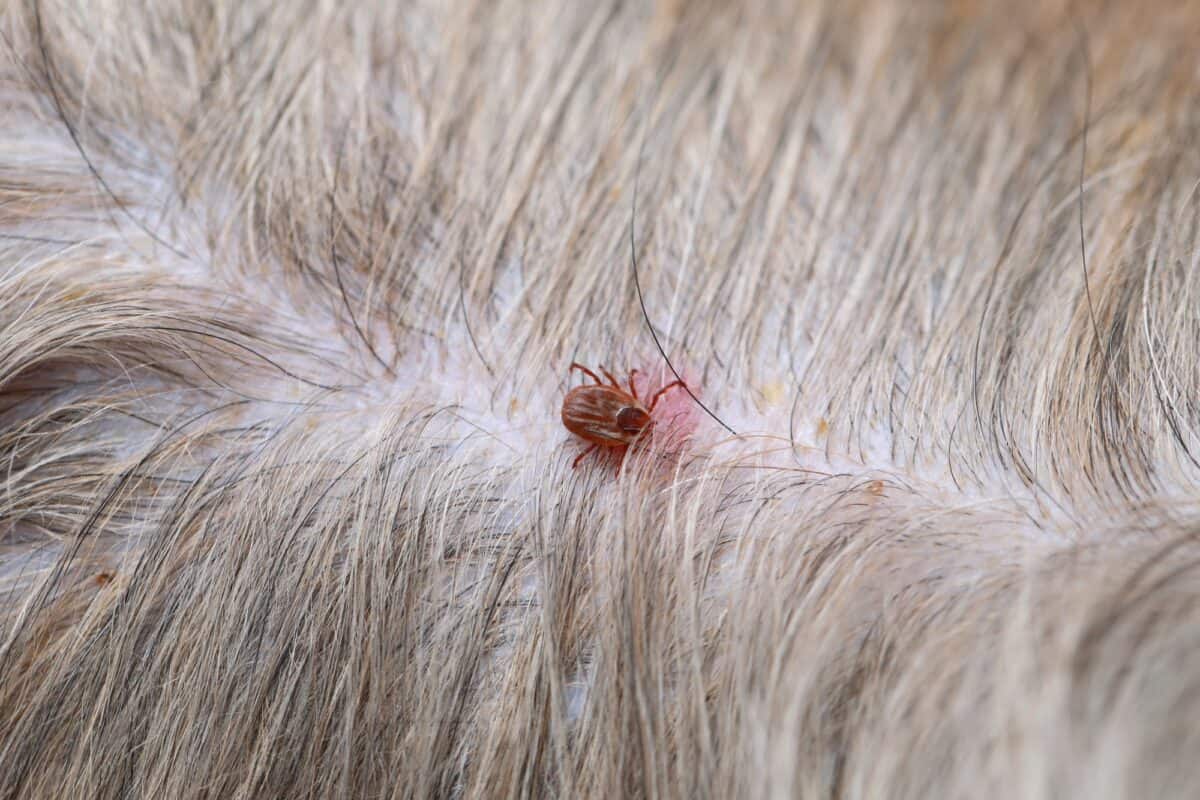Home>Health & Wellness>Common Health Issues>What Happens When A Dog Gets Tick Paralysis
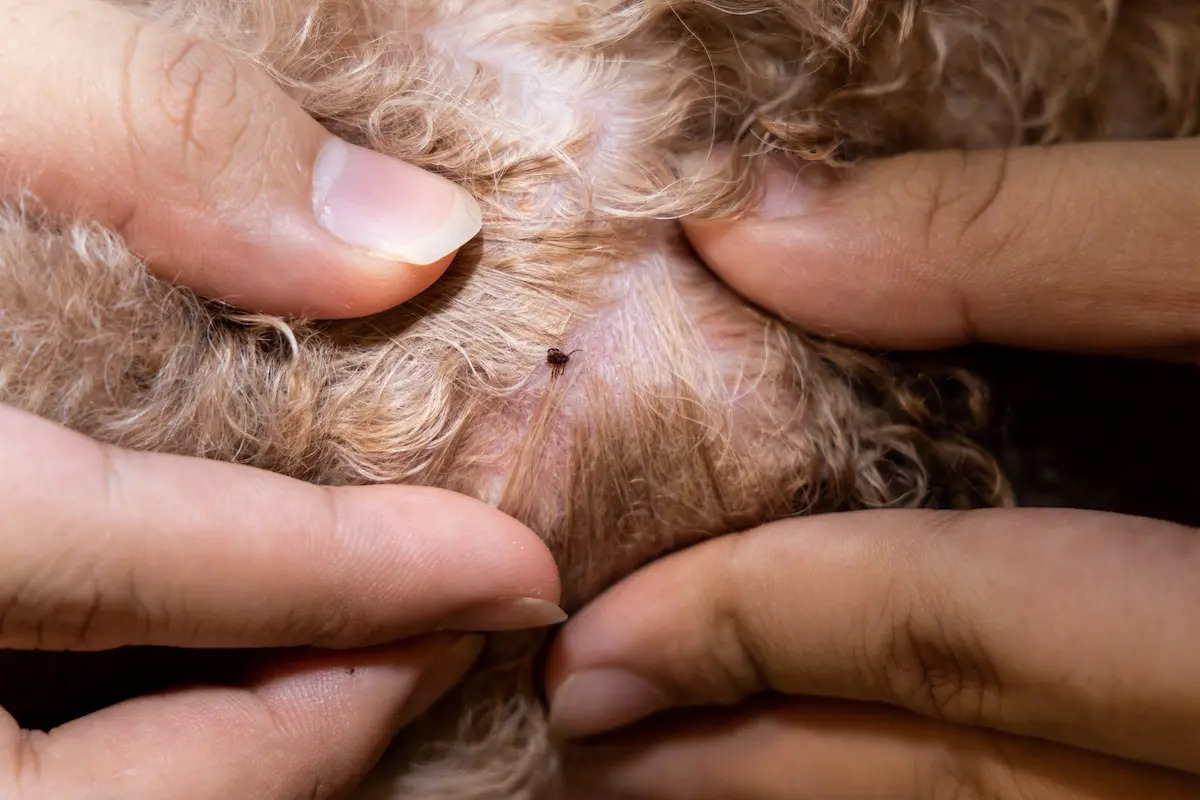

Common Health Issues
What Happens When A Dog Gets Tick Paralysis
Published: February 3, 2024
Learn about tick paralysis in dogs, one of the common health issues that can affect your pet. Discover the symptoms, treatment, and prevention methods to keep your dog safe and healthy.
(Many of the links in this article redirect to a specific reviewed product. Your purchase of these products through affiliate links helps to generate commission for Pawsomeoldies.com, at no extra cost. Learn more)
Table of Contents
Introduction
Tick paralysis is a serious and potentially life-threatening condition that can affect dogs. It is caused by the neurotoxins present in the saliva of certain species of ticks, which are typically found in grassy, wooded, and coastal areas. When these ticks attach themselves to a dog and begin feeding, they release toxins that can lead to paralysis and other severe symptoms.
Understanding the risks and implications of tick paralysis is crucial for dog owners, as it can help in early detection and prompt treatment. By being aware of the signs and symptoms, as well as the preventive measures, pet owners can take proactive steps to safeguard their furry companions from this debilitating condition.
In the following sections, we will delve deeper into the intricacies of tick paralysis in dogs, exploring its symptoms, diagnosis, treatment, and prevention. By gaining a comprehensive understanding of this health issue, dog owners can equip themselves with the knowledge needed to protect their beloved pets and ensure their well-being.
Read more: What Happens When Dogs Get Cancer
Understanding Tick Paralysis in Dogs
Tick paralysis is a debilitating condition that can affect dogs when certain species of ticks attach themselves and release neurotoxins into the dog's bloodstream. The paralysis is caused by the presence of these toxins, which affect the dog's nervous system, leading to a progressive loss of muscle function. It is important to note that not all ticks carry these harmful neurotoxins, but it is crucial for dog owners to be aware of the potential risks, especially in areas where these ticks are prevalent.
The paralysis typically begins in the lower extremities and gradually ascends to the upper body, eventually affecting the respiratory muscles, which can be life-threatening if not addressed promptly. The severity of the paralysis can vary depending on the type of tick, the duration of attachment, and the individual dog's susceptibility to the toxins.
It is essential for dog owners to be vigilant and proactive in preventing tick infestations and promptly removing any ticks found on their pets. Regular grooming and thorough inspections after outdoor activities can help in early detection and removal of ticks before they have the chance to transmit the toxins.
Understanding the mechanisms of tick paralysis is crucial for dog owners to recognize the potential risks and take appropriate preventive measures. By staying informed and proactive, pet owners can effectively safeguard their furry companions from this debilitating condition.
Symptoms of Tick Paralysis
Tick paralysis can manifest in various symptoms, which can progress rapidly if not addressed promptly. It is crucial for dog owners to be vigilant and observant, as early recognition of these symptoms is key to timely intervention and treatment. The following are common symptoms associated with tick paralysis in dogs:
-
Weakness and Lethargy: Dogs affected by tick paralysis often exhibit weakness, particularly in their hind legs. They may struggle to stand or walk, appearing lethargic and uninterested in physical activities that they typically enjoy.
-
Change in Bark and Breathing: An unusual change in a dog's bark, such as a softer or more labored vocalization, can be a sign of respiratory muscle weakness. Additionally, dogs may experience difficulty breathing, panting excessively, or showing signs of respiratory distress.
-
Loss of Coordination: As the paralysis progresses, affected dogs may display a loss of coordination and balance. This can be observed through stumbling, swaying, or an inability to navigate obstacles with their usual agility.
-
Vomiting and Regurgitation: Dogs with tick paralysis may experience difficulty in swallowing, leading to regurgitation of food and water. Vomiting may also occur, often without any apparent cause or preceding factors.
-
Elevated Temperature: Some dogs may develop a fever as a result of the tick-borne toxins affecting their body's regulatory functions. An unexplained rise in body temperature should prompt immediate veterinary attention.
-
Excessive Salivation: Increased drooling or salivation beyond the dog's normal behavior can be indicative of neurological distress caused by tick paralysis.
-
Sensitivity to Touch: Affected dogs may exhibit heightened sensitivity to touch, particularly in the areas where ticks are commonly found, such as the head, neck, and limbs.
It is important to note that these symptoms can escalate rapidly, potentially leading to respiratory failure and even death if not addressed promptly. Therefore, dog owners should seek immediate veterinary care if they observe any of these signs in their pets, especially if the dog has been in an area where ticks are prevalent.
By recognizing these symptoms and understanding their significance, dog owners can play a crucial role in ensuring the well-being of their pets and mitigating the impact of tick paralysis. Vigilance, prompt action, and regular tick checks are essential in safeguarding dogs from this debilitating condition.
Diagnosis and Treatment
Diagnosing tick paralysis in dogs involves a comprehensive assessment of the pet's clinical symptoms, along with a thorough examination to identify the presence of ticks. The veterinarian will inquire about the dog's recent activities and potential exposure to tick-infested areas. Additionally, a detailed physical examination will be conducted to evaluate the dog's neurological function, muscle strength, and overall health.
In cases where tick paralysis is suspected, prompt removal of any attached ticks is crucial. This is followed by supportive care to address the symptoms and prevent further progression of paralysis. The primary goal of treatment is to eliminate the source of the neurotoxins and manage the dog's symptoms to facilitate recovery.
Treatment may include the administration of anti-tick medications to kill any remaining ticks and prevent reinfestation. In severe cases, dogs may require hospitalization for close monitoring, intravenous fluids to maintain hydration, and supportive measures to assist with breathing and muscle function.
Furthermore, if the dog has developed respiratory distress due to paralysis affecting the respiratory muscles, mechanical ventilation may be necessary to ensure adequate oxygenation. This underscores the critical nature of prompt intervention and comprehensive supportive care in managing tick paralysis.
In addition to addressing the immediate symptoms, veterinarians may recommend diagnostic tests such as blood work and tick identification to confirm the presence of tick-borne toxins. This comprehensive approach helps in tailoring the treatment to the specific needs of the affected dog, ensuring a targeted and effective management plan.
Once the dog's condition stabilizes, ongoing monitoring and supportive care are essential for a complete recovery. This may involve follow-up appointments, continued tick prevention measures, and close observation for any potential recurrence of symptoms.
Prevention remains a cornerstone in managing tick paralysis, and dog owners are advised to implement preventive measures such as regular tick checks, the use of tick preventatives, and minimizing exposure to tick-infested environments.
By promptly diagnosing tick paralysis and initiating appropriate treatment, veterinarians play a pivotal role in mitigating the impact of this condition and facilitating the recovery of affected dogs. Through a combination of targeted treatment and proactive prevention, the well-being of dogs can be safeguarded, reducing the risk of tick paralysis and its associated complications.
Prevention of Tick Paralysis
Preventing tick paralysis in dogs is paramount in safeguarding their well-being and minimizing the risk of exposure to tick-borne toxins. Implementing proactive measures to reduce the likelihood of tick infestations and promptly removing any attached ticks are essential steps in preventing this debilitating condition.
Tick Control Products
Utilizing tick control products, such as spot-on treatments, collars, and oral medications, can effectively repel ticks and prevent them from attaching to dogs. These products are designed to kill ticks on contact or render the dog's blood unpalatable to the ticks, reducing the risk of infestation.
Regular Tick Checks
Performing thorough tick checks on dogs after outdoor activities is crucial for early detection and removal of ticks. Paying close attention to areas where ticks are commonly found, such as the head, neck, ears, and limbs, can help in identifying and removing ticks before they have the chance to transmit toxins.
Environmental Management
Minimizing exposure to tick-infested environments can significantly reduce the risk of tick paralysis. Avoiding tall grass, wooded areas, and densely vegetated landscapes, especially during peak tick seasons, can help in lowering the likelihood of tick encounters.
Vaccination
In some regions where tick paralysis is prevalent, veterinarians may recommend vaccinations to provide additional protection against specific tick-borne diseases. These vaccines can bolster the dog's immune response to tick-borne pathogens, reducing the severity of potential infections.
Read more: What Happens If You Get Bitten By A Dog Tick
Grooming and Maintenance
Regular grooming and maintenance practices, such as keeping the dog's coat trimmed and well-maintained, can aid in early detection of ticks. Additionally, maintaining a clean and well-kept living environment can minimize the presence of ticks in the dog's surroundings.
Consultation with Veterinarians
Seeking guidance from veterinarians regarding the most suitable tick prevention measures for specific geographic regions and individual dog profiles is essential. Veterinarians can recommend tailored prevention strategies and provide insights into the most effective tick control products and practices.
By integrating these preventive measures into a comprehensive tick management plan, dog owners can significantly reduce the risk of tick paralysis and ensure the well-being of their beloved pets. Proactive tick prevention not only protects dogs from the debilitating effects of tick paralysis but also contributes to their overall health and vitality.
Through a combination of environmental awareness, regular tick checks, and the use of effective tick control products, dog owners can create a safer and more secure environment for their pets, minimizing the potential impact of tick-borne diseases and promoting a healthier, happier life for their canine companions.
Conclusion
In conclusion, tick paralysis poses a significant threat to the well-being of dogs, necessitating a proactive approach to prevention, early detection, and prompt treatment. Understanding the mechanisms and symptoms of tick paralysis is crucial for dog owners, enabling them to recognize potential risks and take proactive measures to safeguard their pets. By remaining vigilant and implementing comprehensive tick prevention strategies, the likelihood of tick infestations and the associated risks can be significantly reduced.
The symptoms of tick paralysis, ranging from weakness and lethargy to respiratory distress, underscore the urgency of timely intervention. Dog owners play a pivotal role in recognizing these symptoms and seeking immediate veterinary care to mitigate the impact of tick paralysis. Through regular tick checks, the use of tick control products, and environmental management, dog owners can create a safer and more secure environment for their pets, minimizing the potential impact of tick-borne diseases.
Veterinarians also play a critical role in diagnosing tick paralysis and providing targeted treatment to affected dogs. Their expertise in identifying tick-borne toxins, administering supportive care, and implementing preventive measures is instrumental in mitigating the impact of tick paralysis and facilitating the recovery of affected pets.
By integrating preventive measures into a comprehensive tick management plan, dog owners can significantly reduce the risk of tick paralysis and ensure the well-being of their beloved pets. Proactive tick prevention not only protects dogs from the debilitating effects of tick paralysis but also contributes to their overall health and vitality.
In essence, the collaborative efforts of dog owners and veterinarians, coupled with a proactive approach to tick prevention, are essential in mitigating the risks associated with tick paralysis. By staying informed, proactive, and attentive to their pets' well-being, dog owners can create a safer and healthier environment for their furry companions, minimizing the impact of tick-borne diseases and promoting a higher quality of life for their beloved dogs.
